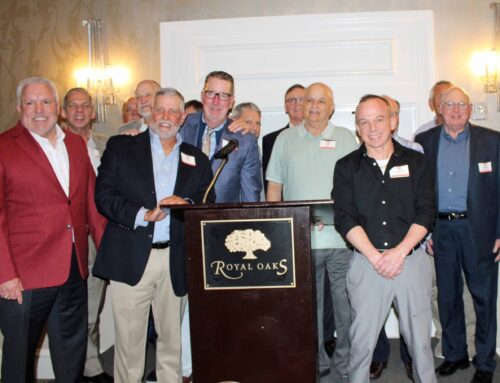One interesting theme that kept popping up as I talked to pastors of mainline churches for November’s cover story was that they are seeing an increase of young worshippers returning to their liturgical services.
"The emerging generation — they love Jesus but not the church," says Rev. John Thornton of Lake Highlands United Methodist. He believes young people are seeking, and that they want to find a church service that fits their style, but that style is not necessarily contemporary. "We’re having younger couples slip in the back and coming to traditional worship," he says.
I have my own theories about this, being a Gen X-er or Buster or whatever you want to call it. I found myself gravitating toward liturgy and “high church” during college, weary from the emotionalism and showiness of upbeat contemporary services. The only thing I could figure is that since my generation grew up in the postmodern era of relativism, we yearn for the historic, for traditions that have spanned centuries.
To paraphrase author Sarah Raymond of “Dear Church: Letters from a Disillusioned Generation”, 20- and 30-somethings grew up watching MTV. They know it’s fake. They don’t want their houses of worship resembling the entertainment world because if they’re going to spend time in church, they want to know that it’s authentic.
In the story, I often quoted Robin Lovin, Southern Methodist University ethics professor and former dean of Perkins School of Theology. His words conveyed a similar explanation: “Certainly it’s true that I think people are looking for an experience in worship that doesn’t just duplicate what they get when they turn on the television, so we may be going through a cycle where more traditional styles of worship are becoming prominent.”
But Lovin also explains that the trend, once again, has something to do with life cycles: “You had a generation that clearly didn’t want to go to their father’s church, but they now have children of their own, and as happens in this kind of cycle, all of a sudden the old ways of worship are new again for a young adult who has not experienced this form of liturgy.”





